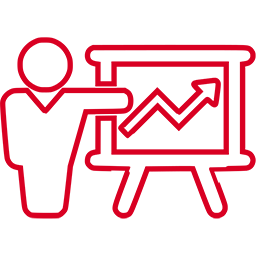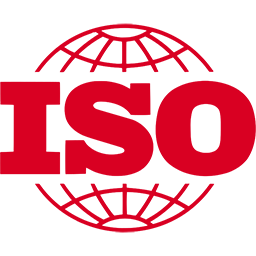
Risk management is a continuous, repetitive activity of interrelated activities, the aim of which is to manage potential risks, i.e. to reduce the probability of their occurrence or to reduce their impact. However, it must not be forgotten that the risk arises even if the organization does not manage its opportunities and does not look for new market entry opportunities.
One of the main changes in the new ISO 9001:2015 standard is risk-based thinking. Risk management replaces preventive measures. Risk management is included in the requirements for the design, implementation, maintenance and continuous improvement of the quality management system.
There are two new chapters in the ISO 9001:2015 standard that are closely related to risk management. Point 4 of the standard - Organizational context, serves as an input to the risk management process. At this point, the organization must identify external and internal issues that are relevant to its purpose and strategic direction and that affect its ability to achieve the intended result of its own quality management system.
The risk management itself is described in standard 6 - Planning:
6.1 Risk and opportunity management measures. The organization must identify the risks and opportunities it needs to keep the organization running. The organization must also plan measures to manage these risks and opportunities.
Risk management increases the likelihood that an organization will achieve its goals and be able to ensure customer satisfaction.
The most well-known risk management methods include:
Analytical techniques useful for identifying potential risks include:
Basic standards in risk management:
Resources:
Training:






At the end of February this year, the European Commission issued a proposal to ease ESG reporting obligations. The aim of the proposal is to reduce the administrative burden on businesses associated with sustainability reporting. The proposal responds to the need to strengthen EU competitiveness and align regulation with the real opportunities for businesses.
More
AIAG members and Odette - together with established industry partners and stakeholders have decided to release a new version of MMOG/LE, in order to support the following objectives for a more stable and predictable supply chain.
More
ISO / IEC 17025 is a standard that applies to laboratories in various industries and ensures that standards for laboratory testing and calibration are followed in practice.
More
Recently, we have begun to accumulate events that we are not used to in our latitudes. Apart from the pandemic, we have certainly all caught a tornado in Moravia and other extreme weather events. ISO 22301 specifies business continuity requirements and rules and helps companies recover quickly from unforeseen events. Its aim is to prepare companies and protect them in the event of such an exceptional unforeseen event.
More